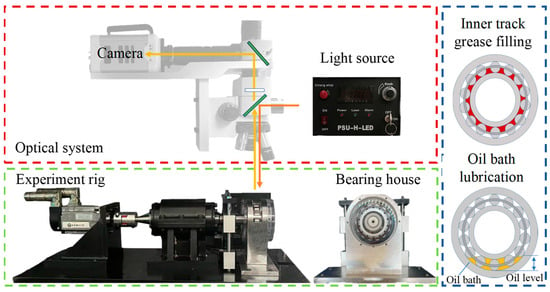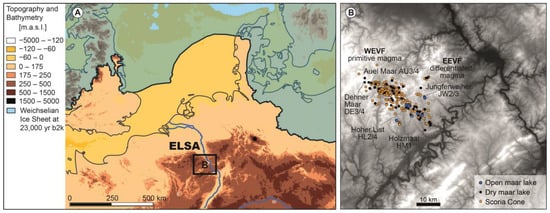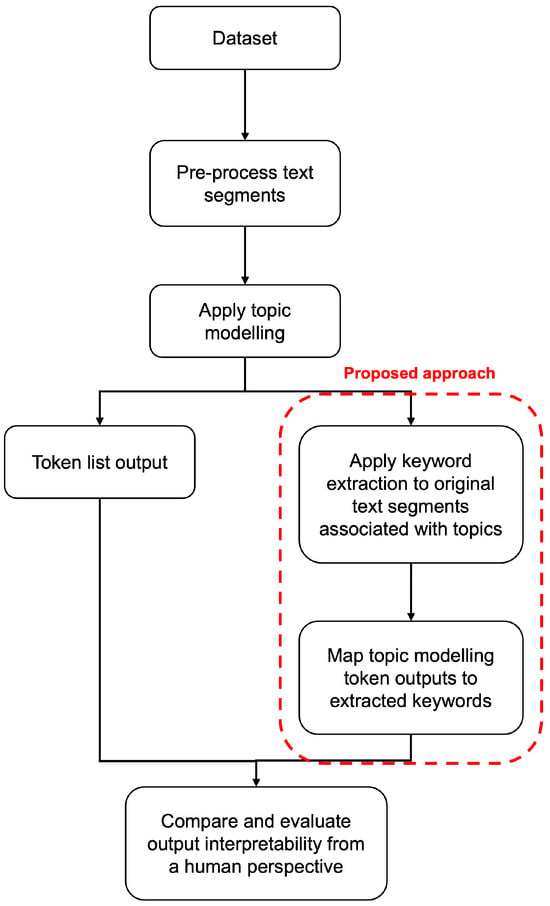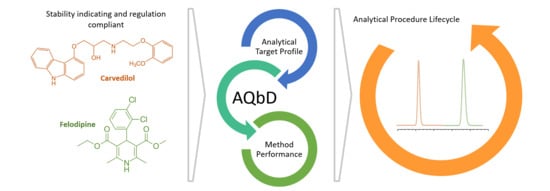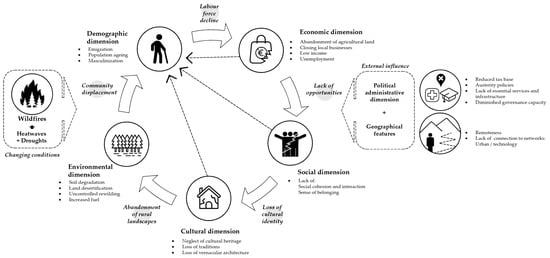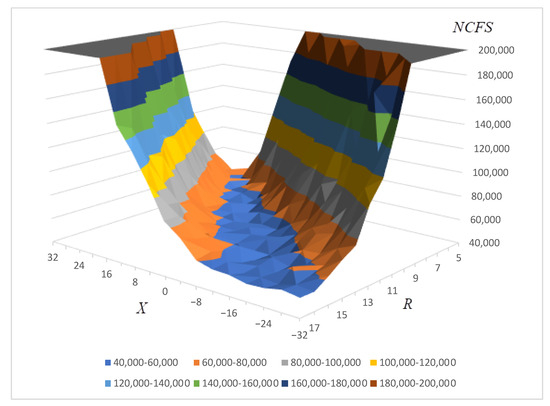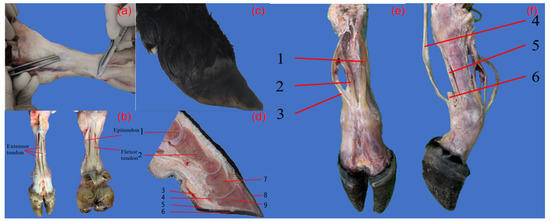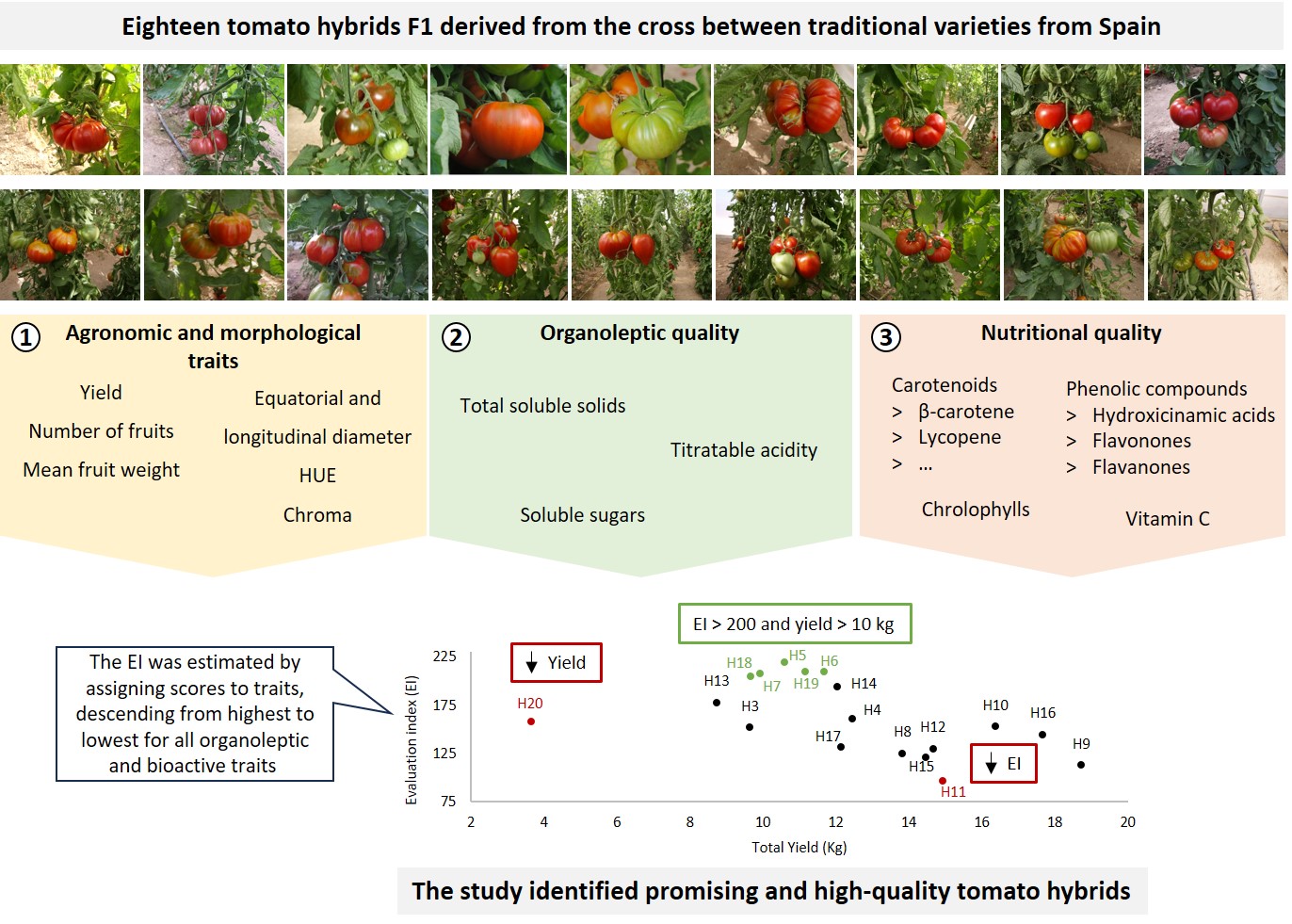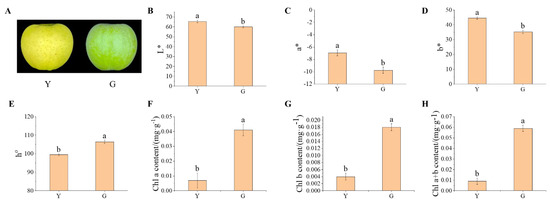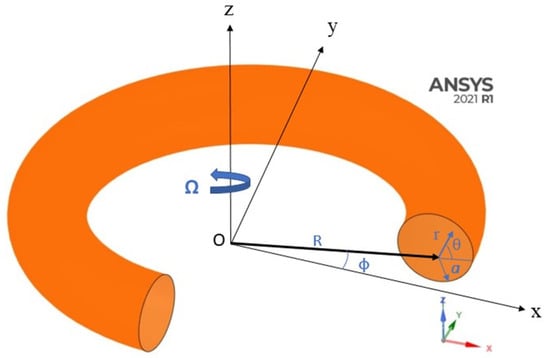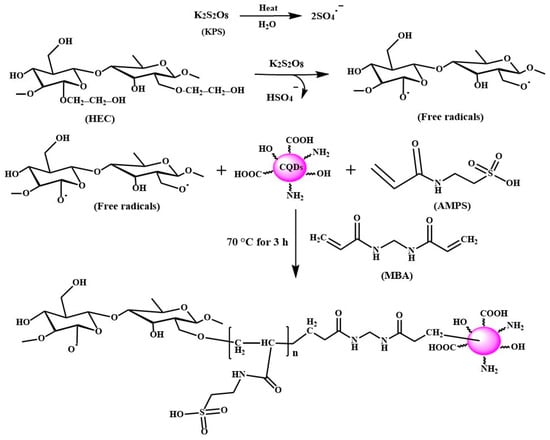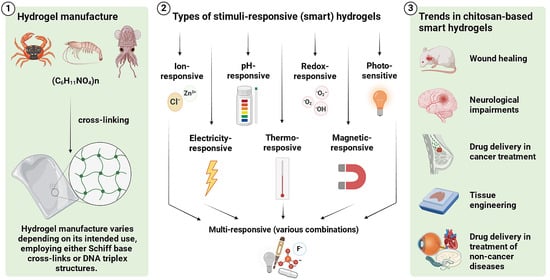(1)
Background: Stress is defined as a psychological sensation related to a change in both human physiology and behavior in response to a threat or challenge. As the prevalence of stress is increasing globally, nurses represent a risk group for exposure to stress-related psychological alterations. The aim of this study was to explore how clinical nurses in Lithuania cope with the perceived chronic stress in relation to additional emotional experiences following the death of a patient. (2)
Methods: During a four-week period of October 2023, a total of 283 female nurses, aged between 20 and 70 years old, were enrolled in a single cross-sectional study. The PSS-10 (perceived stress scale) and the Brief-COPE (Coping Orientation to Problems Experienced) questionnaires were applied to assess the level of self-perceived stress and the use of coping styles along with the adequate strategies. Furthermore, the nurses’ emotions, evoked following patient death, were classified depending on their valence. Both the multiple linear and logistic regression statistical analyses were conducted to examine the associations between dependent and independent variables. (3)
Results: The study identified that more than half of the nurses experienced patient death several times a month. A moderate-to-high level of the symptoms of mental chronic stress were suffered by 76% of caregivers. The psychological arousal following the death of a patient may induce the occurrence of emotional complexity that refers to competitive feelings, namely, helplessness (adjusted odd ratio (AOR) 1.7, 95% confidence interval (95% CI) 1.1; 2.9), disappointment (AOR 1.9, 95% CI 1.1; 3.5), anxiety (AOR 1.9, 95% CI 1.2; 4.2), and guilt (OR
adj 4.7, 95% CI 1.4; 5.7), and can serve as a potential trigger for chronic stress development in clinical nurses. In terms of emotion-focused stress control (β 0.1, 95% CI −0.1; −0.2,
R2 = 0.12), Lithuanian nurses had low control of the perceived chronic stress. The use of problem-focused coping (β −0.2, 95% CI −0.3; −0.1,
R2 = 0.09) was also not addressed to an appropriate extent. The use of the avoidance coping style was associated with moderate–high levels of chronic stress perceived by nurses (β 0.5, 95% CI 0.4; 0.7,
R2 = 0.24). Furthermore, the avoidant coping strategy related to behavioral disengagement was significantly related to resilience to chronic stress in an adverse way. The cognitive process of self-blame was considered as a meaningful maladaptive behavior component for magnifying chronic stress in nurses. (4)
Conclusions: The study highlights the need to implement the recommendations for boosting the nurses’ mental health. Hospitals should contribute to psychological assistance along with providing necessary training on stress-coping strategies for clinical nurses. In order to promote the sustainability of mental health through additional social support interventions, it would be useful to upgrade the clinical nurses’ daily routines with mindfulness-based trainings.
Full article
 IJMS
IMPACT
IJMS
IMPACT Applied Sciences
IMPACT
Applied Sciences
IMPACT Sustainability
IMPACT
Sustainability
IMPACT Sensors
IMPACT
Sensors
IMPACT JCM
IMPACT
JCM
IMPACT Energies
IMPACT
Energies
IMPACT Molecules
IMPACT
Molecules
IMPACT Materials
IMPACT
Materials
IMPACT Remote Sensing
IMPACT
Remote Sensing
IMPACT Cancers
IMPACT
Cancers
IMPACT Electronics
IMPACT
Electronics
IMPACT Mathematics
IMPACT
Mathematics
IMPACT Foods
IMPACT
Foods
IMPACT Buildings
IMPACT
Buildings
IMPACT Plants
IMPACT
Plants
IMPACT Nutrients
IMPACT
Nutrients
IMPACT Animals
IMPACT
Animals
IMPACT Polymers
IMPACT
Polymers
IMPACT Water
IMPACT
Water
IMPACT Diagnostics
IMPACT
Diagnostics
IMPACT Biomedicines
IMPACT
Biomedicines
IMPACT Agronomy
IMPACT
Agronomy
IMPACT Microorganisms
IMPACT
Microorganisms
IMPACT Processes
IMPACT
Processes
IMPACT Healthcare
IMPACT
Healthcare
IMPACT Forests
IMPACT
Forests
IMPACT Cells
IMPACT
Cells
IMPACT JMSE
IMPACT
JMSE
IMPACT Medicina
IMPACT
Medicina
IMPACT Viruses
IMPACT
Viruses
IMPACT Agriculture
IMPACT
Agriculture
IMPACT Nanomaterials
IMPACT
Nanomaterials
IMPACT IJERPH
IJERPH
 Land
IMPACT
Land
IMPACT Pharmaceutics
IMPACT
Pharmaceutics
IMPACT Pharmaceuticals
IMPACT
Pharmaceuticals
IMPACT Religions
IMPACT
Religions
IMPACT Biomolecules
IMPACT
Biomolecules
IMPACT Life
IMPACT
Life
IMPACT Micromachines
IMPACT
Micromachines
IMPACT Atmosphere
IMPACT
Atmosphere
IMPACT Antioxidants
IMPACT
Antioxidants
IMPACT Genes
IMPACT
Genes
IMPACT Metals
IMPACT
Metals
IMPACT Symmetry
IMPACT
Symmetry
IMPACT Children
IMPACT
Children
IMPACT Coatings
IMPACT
Coatings
IMPACT Vaccines
IMPACT
Vaccines
IMPACT Horticulturae
IMPACT
Horticulturae
IMPACT Education Sciences
IMPACT
Education Sciences
IMPACT Minerals
IMPACT
Minerals
IMPACT Brain Sciences
IMPACT
Brain Sciences
IMPACT JPM
IMPACT
JPM
IMPACT Bioengineering
IMPACT
Bioengineering
IMPACT




